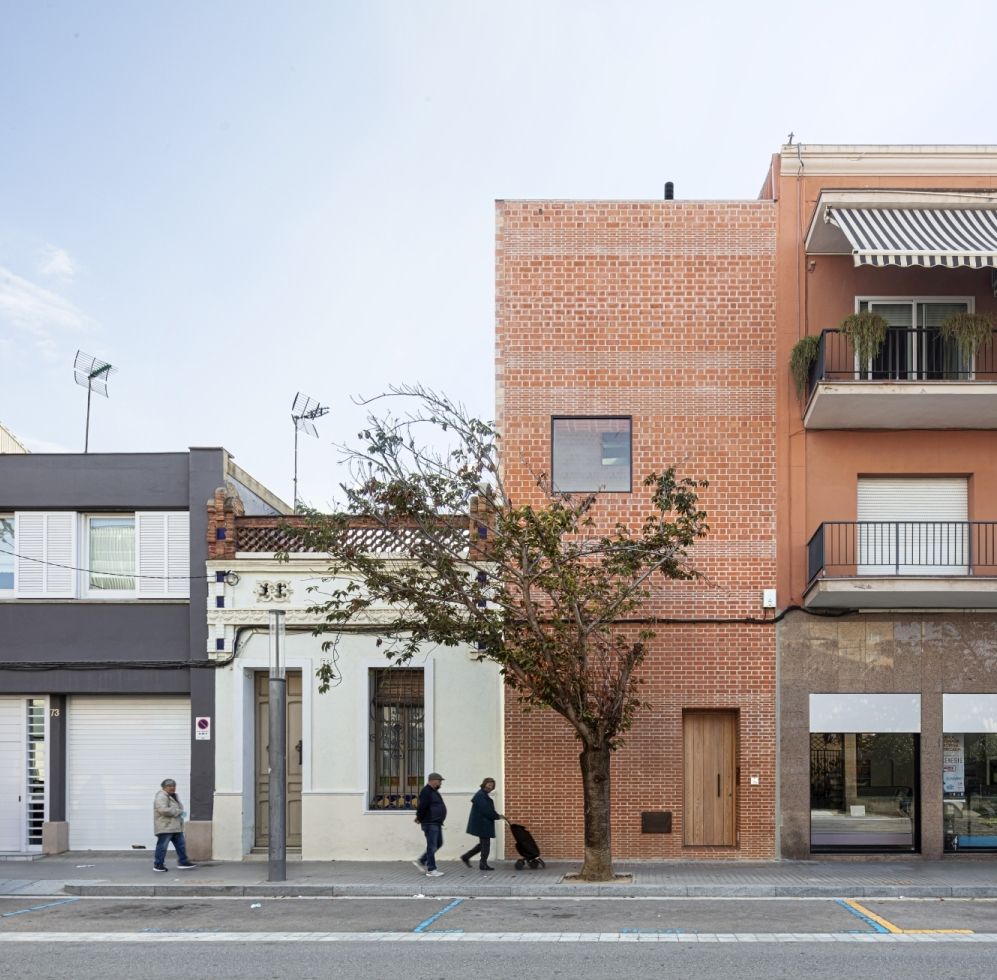
Harquitectes . photos: © Adrià Goula
It is about a single-family house between partition walls in a dense context in Barcelona. Continue reading Harquitectes

Harquitectes . photos: © Adrià Goula
It is about a single-family house between partition walls in a dense context in Barcelona. Continue reading Harquitectes
Entrada retirada a petición de los arquitectos.
Post temporarily removed as requested by the architects.
25 Temporary Cohousing Units in Palma de Mallorca. Continue reading H Arquitectes

HARQUITECTES . photos: © Adrià Goula
It is a single-family house project between party walls in Granollers. The client asked for a house that could admit up to four different family situations: alone at home, with his partner or in different combinations with their children. Continue reading HARQUITECTES
Christ & Gantenbein . H Arquitectes . photos: © Filippo Bolognese
Presently housed in a building opened in 1995, the Barcelona Museum of Contemporary Art (MACBA) requires a significant increase of its exhibition space. Addressing this need, the design for the new MACBA was developed in partnership between Harquitectes + Christ & Gantenbein as a new volume opposite the current venue. Positioned around one of Barcelona ‘s most vibrant public spaces, the Plaza des Angels, the extension is shaped as a terraced, open building housing new galleries, shops, and public places. An existing chapel from the 15th century and a convent are also part of the scheme and will be transformed to house the museum ‘s entrance hall with many public-facing uses, open to all. The chapel’s cross-figure will be activated as a new portal, linking two squares, and symbolically acting as the MACBAs new centre of gravity. Continue reading Christ&Gantenbein . H Arquitectes
A Priorat appellation vintner needed a new winery in the heart of a village, Gratallops, for his increased production. The challenge was to allow the winery itself to contribute to the biodynamic winemaking process, striving to optimise the building’s behaviour based on passive principles to the greatest possible extent.
The L-shaped polygonal plot is in the heart of a typical historic village context, with narrow streets and row houses except for the church, the town’s most dominant, defining building due to its unique character and size.
The site boundary is marked by a stone wall, a former handball structure rising 10 metres at one point, which follows an irregular line. The geometry of this party wall, an amalgam of stone, brick, and plaster rendering, was the starting point for the project. Continue reading Harquitectes